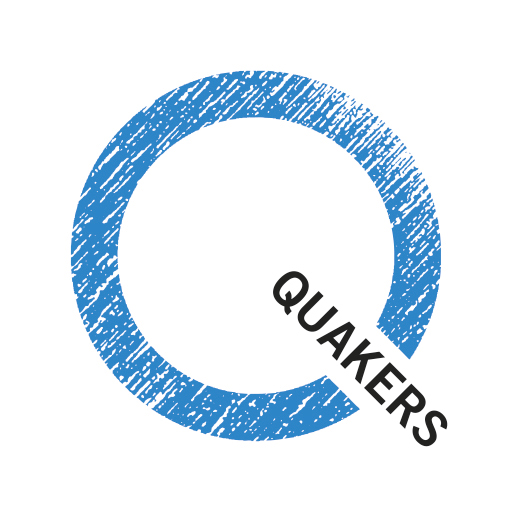Our history
Our history
Quakers (also known as 'Friends') first met in Glasgow before 1660 and since then there have been at least five established Meeting Houses and numerous temporary meeting places. The first Meeting House was somewhere off the Trongate and it was superseded about 1730 by a building in Stirling Square, between High Street, Ingram Street, and Albion Street, given by John Purdon of Partick. Because of dwindling membership this building was sold in 1791, and the proceeds used to build a Meeting House at the Pleasance in Edinburgh.
In Partick there is a tiny burial ground used by Quakers in Glasgow from 1711 to 1857. It is located just off Keith Street. The burial ground was recently profiled in the Evening Times.
By 1815 Glasgow Meeting had revived sufficiently to get its third permanent building in North Portland Street, on the site now occupied by the Livingstone Tower of Strathclyde University. This was abandoned in 1921 and Meeting was held in the Literary and Philosophical Society in Bath Street until 1944, when the house at 16 Newton Terrace was purchased, and furnished with the benches from the abandoned Pleasance Meeting House.
By the late 1990s Newton Terrace could not accommodate the increased size of the Meeting and it was sold in 1991 and friends moved to temporary premises while the search for a new property continued. After considering 30 possibilities the Royal Artillery Club premises at 38 Elmbank Crescent were purchased early in 1992.
Our Meeting House, and some of the buildings on Elmbank Street, are the sole survivors of what was once a unified row of terraced housing.
Elmbank Crescent, built in the 1840s or 1850s, is now a straight street but the curved front of the multi-storey car park opposite shows the curved building line of the houses which stood there until the 1860s and gave the name 'Crescent'. On the south side of the street there was a continuous straight terrace of houses, of which only number 38 remains.
The benches which line the walls of the Meeting Room originally came from the Pleasance Meeting House in Edinburgh which was closed in 1939. They were brought to furnish the newly opened Meeting House in Newton Terrace in 1944. They are secured with rectangular wrought-iron nails and therefore probably date from the early 1800s or even earlier - the Pleasance Meeting House was built in 1791.
